While the pandemic has taken a heavy toll on the global automotive industry, the gradual recovery in all segments of this sector post the easing of the lockdown is certainly beaming positive signals. Given this scenario, Girish Wagh, President (Commercial Vehicle Business Unit), Tata Motors, in an interview with N Balasubramanian, elaborates about how his company has not only managed to face the challenges posed by the pandemic but also how it is now geared up with new initiatives to ensure that a quick return to the growth track
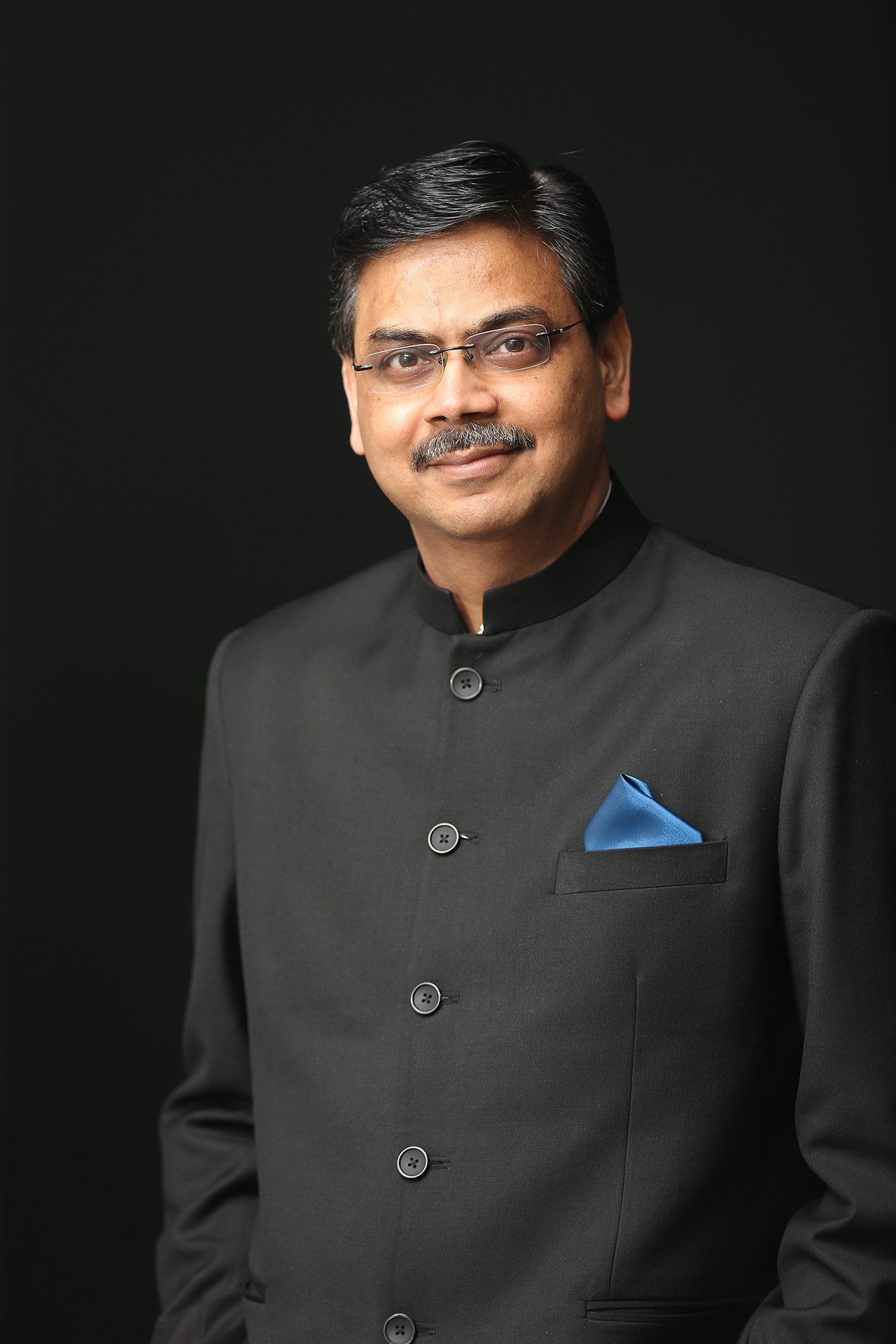
How has business been for Tata Motors’ commercial vehicle division in the first three quarters of FY21? How are the different sub-segments within trucks faring at present? And which are the ones that have recovered best since April?
The commercial vehicle (CV) industry is cyclical in nature and every subsequent crest and trough has been higher than the previous one, thereby maintaining a steady and secular growth trend in the long run. The industry saw its previous peak in FY19 and since then has been on a decline. Over the last two fiscals, the Indian CV industry has already been battling a slew of challenges that included a tapering down of overall economic growth, increased axle load norms in the medium and heavy commercial vehicle segment and the challenges of BS IV to BS VI transition. Ever since the pandemic took hold, the detrimental effect of these challenges was further aggravated, resulting in unprecedented levels of de-growth across the industry.
Consequently, the CV industry hit rock bottom in the first quarter of this fiscal. The unlocking led to a gradual increase in economic activity, which along with a robust rural economy and better-performing e-commerce led to demand improvement in the small commercial vehicle and intermediate and light commercial vehicle segments, to begin with. Lately, in the October to December quarter, the demand in medium and heavy commercial vehicle tipper trucks also started recovering, led by strong government focus on infrastructure projects and the increase in mining activities, particularly in coal and iron ore, in addition to announcements of new projects by the central and various state governments. The sequential growth of medium and heavy commercial vehicles’ volumes is also seeing revival in the cargo segment, which for the first time this year saw volume growth over last year by as much as 16% in December 2020.
The recovery in medium and heavy commercial vehicles looks encouraging as it is broad-based, across the regions and across different sectors like steel, cement, containers, white goods and automotive in addition to early gainers like e-commerce and petroleum, oil and lubricant sectors. In contrast, the passenger commercial vehicle segment still faces a major predicament as schools are yet to reopen and a major chunk of employees are still working from home. The adversely impacted domestic tourism industry and the cash-strapped transport undertakings are a few other aspects that have led to slower growth for the bus segment. However, the healthcare sector has led to improved demand for ambulances.
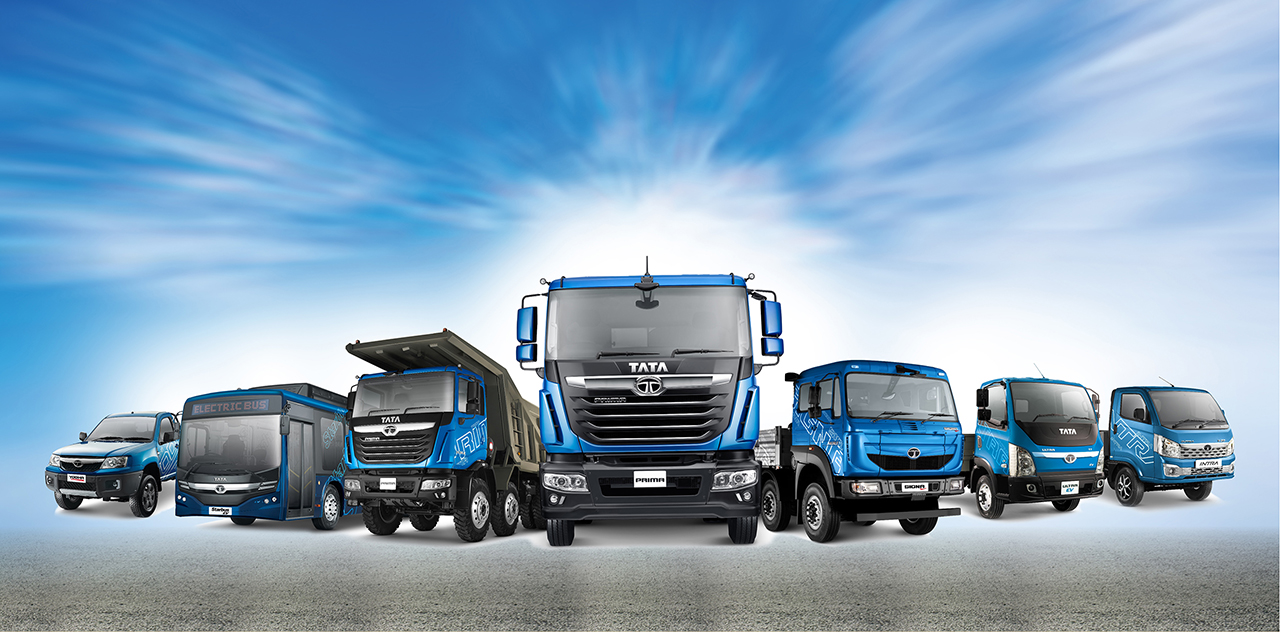
How would you sum up Tata Motors’ handling of the corona virus pandemic and the challenges it brought along? How have you supported your employees, suppliers, channel partners and fleet customers?
The pandemic and the announcement of the strict countrywide lockdown just before the migration to BS VI emission norms created unprecedented challenges for OEMs, dealers and transporters alike. Throughout the lockdown, our approach was always to support the ecosystem at large in order to contain the damage and manage the pain. Accordingly, we set up dedicated task teams to reach out to all the impacted stakeholders and worked together more closely to address their pain points, safeguard their businesses and sustain livelihoods. We also continued to support our customers and partners even during the lockdown period through our extensive nationwide service network to keep the wheels of the nation running. Continuous supplies of food, masks and sanitizers at our workshops ensured uninterrupted supply of essentials first and of non-essentials thereafter amidst the nationwide lockdown.
Some of the steps taken included announcement of an extension of warranty along with Tata Suraksha annual maintenance contracts for all customers globally. The company initiated a dedicated round-the-clock helpline along with on-road assistance for truck drivers and transporters across the country. To further support the truck drivers, over 900 emergency response teams were activated in major transport hubs across the country while 2,600+ workshops nationwide supported by 21 well-stocked warehouses with spare parts were made operational for faster turnaround of vehicles.
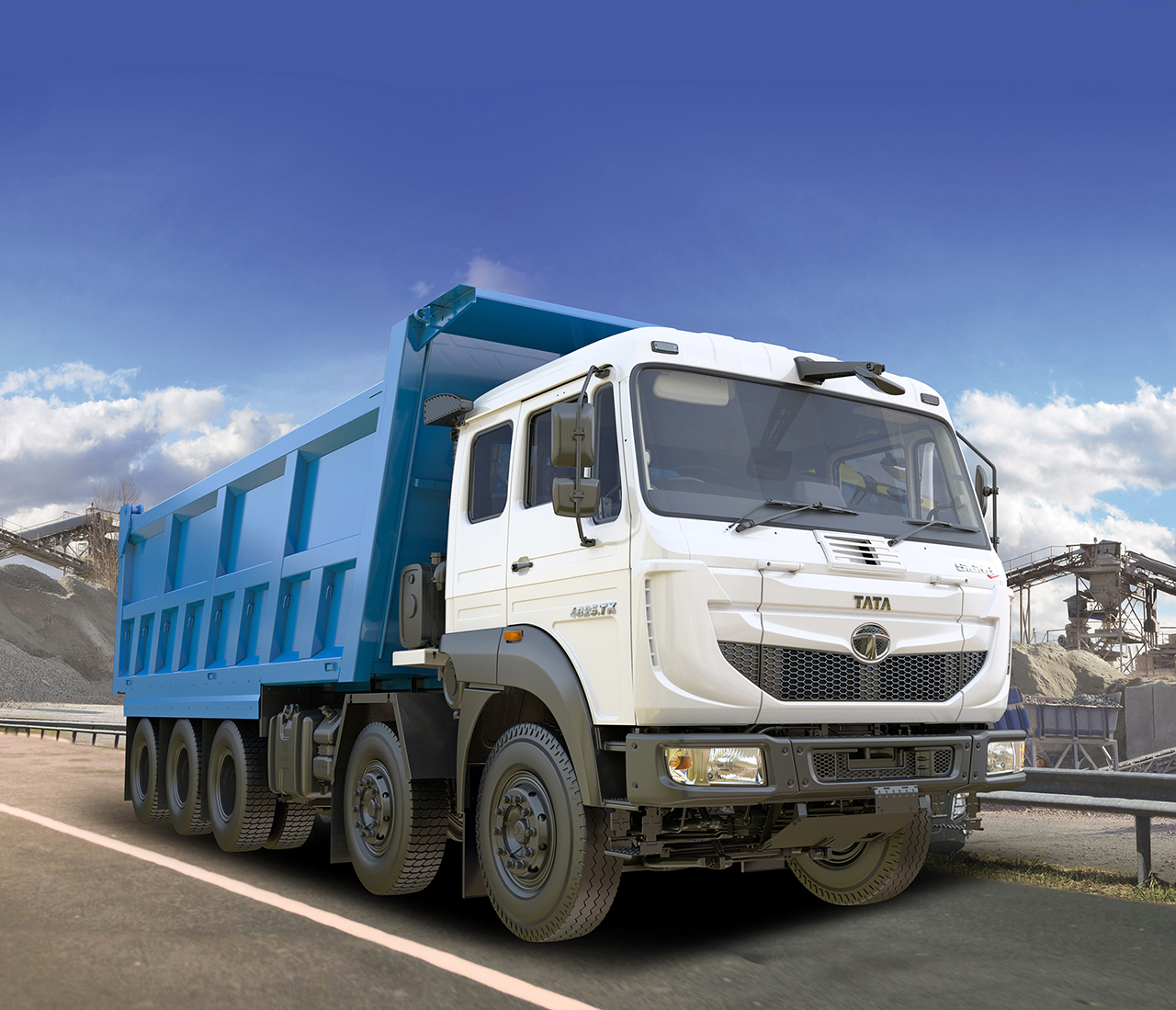
We co-developed business continuity plans for all our dealer partners across the country to help them tide over the crisis better. Additionally, Tata Motors Finance, a subsidiary of Tata Motors, extended their support with various schemes and customised financial solutions to lend a helping hand to the fleet owners. Restructuring of loans, bill discounting solutions and working capital solutions were offered to the fleet owners in times of financial distress. Tata Motors Finance also developed credit solutions to help customers for their expenses for fuel, recharging of Fastags and payment of scheduled expenses like vehicle service, insurance, permit road tax, etc.
On the employee front, ensuring employee health and wellbeing continued to be our top priority. Steps such as controlled manpower footfall at plants to absolute essential, maximising work from home, diligently adhering to safety SOPs, robust contact tracing protocols, processes to quickly identify and quarantine personnel at risk and deployment of health stewards and counsellors have been helping us navigate through the challenges of the pandemic. On the supplier front, our business continuity plan and philosophy was shared to support our vendors in quick and systematic post-lockdown restart. We partnered with them to overcome the restart challenge by proactive tracking and monitoring 1,000+ vendor locations across India for permission to operate and restart status.
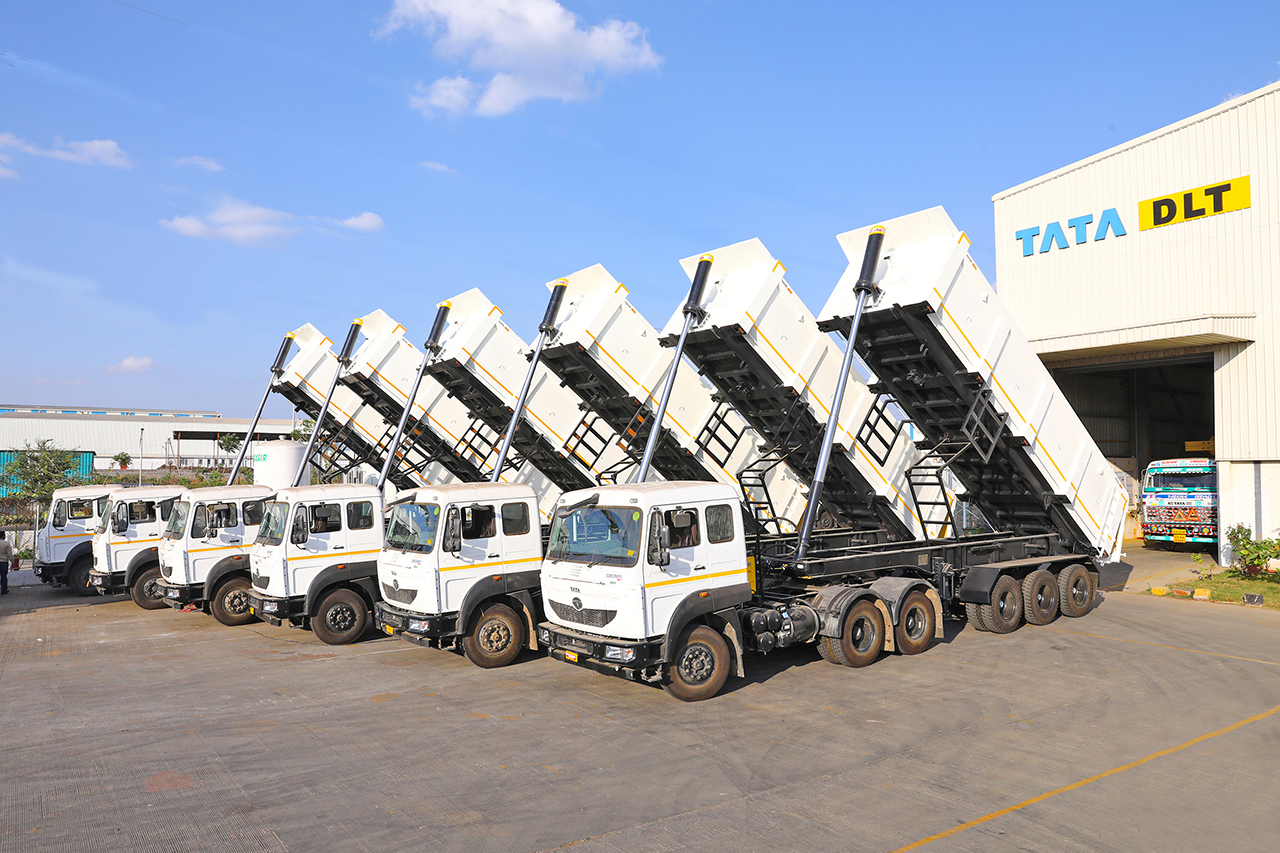
Looking beyond the pandemic, the Indian medium and heavy commercial vehicle truck market seems to have a settled playing field now in the form of five players. Being the largest among the pack, how much of a challenge is it to sustain your market share given the aggressive competition around you? If you were to choose three key aspects which have kept you ahead despite heavy competition, what would they be?
Tata Motors is not only the largest but also the oldest and most trusted commercial vehicle manufacturer in the country. Delivering superior products and technology solutions to our customers, providing value-added services to enhance their productivity and returns and working closely with the entire CV ecosystem have been our top priorities. Working on these priorities, we introduced our all-new future-ready BS VI product portfolio, developed with an aim to ‘redefine transportation’ earlier this year. The entire range of vehicles, from sub 1-ton to 55-ton gross vehicle and combination weight is powered by efficient drivetrains and is engineered to cater to a wide variety of dynamic market demands.
Tata Motors offers the widest array of vehicles in the country for customers to select as per their specific requirement. It offers reduced total cost of ownership as also enhanced revenue potential to all users – fleet operators, mid-size transport operators and small transporters – with higher-than-before vehicle performance through value-enhanced features, synchronised service intervals and improved overall vehicle efficiency. Apart from superior products, Tata Motors extends various vehicle care programs, fleet management solutions, annual maintenance packages, Tata Alert roadside assistance service and resale for commercial vehicles (Tata OK) under the Sampoorna Seva 2.0 initiative. Tata Kavach also ensures that all accidental vehicles insured under Tata Insurance are repaired within 15 days.
With Fleet Edge – a next-generation connected vehicle solution – Tata Motors also offers telematics to optimise fleet management with informed decision-making. The Fleet Edge solution is relevant and beneficial across varied fleet sizes and is available with the entire medium and heavy commercial vehicle range of Tata Motors’ trucks and buses and a select range of intermediate and light commercial vehicles and small commercial vehicle models. All of this is delivered through Tata Motors’ extensive dealership and service network of over 2,600+ touch-points with service facility at every 62 km across the country; manned by trained specialists and backed by Tata Genuine Parts.
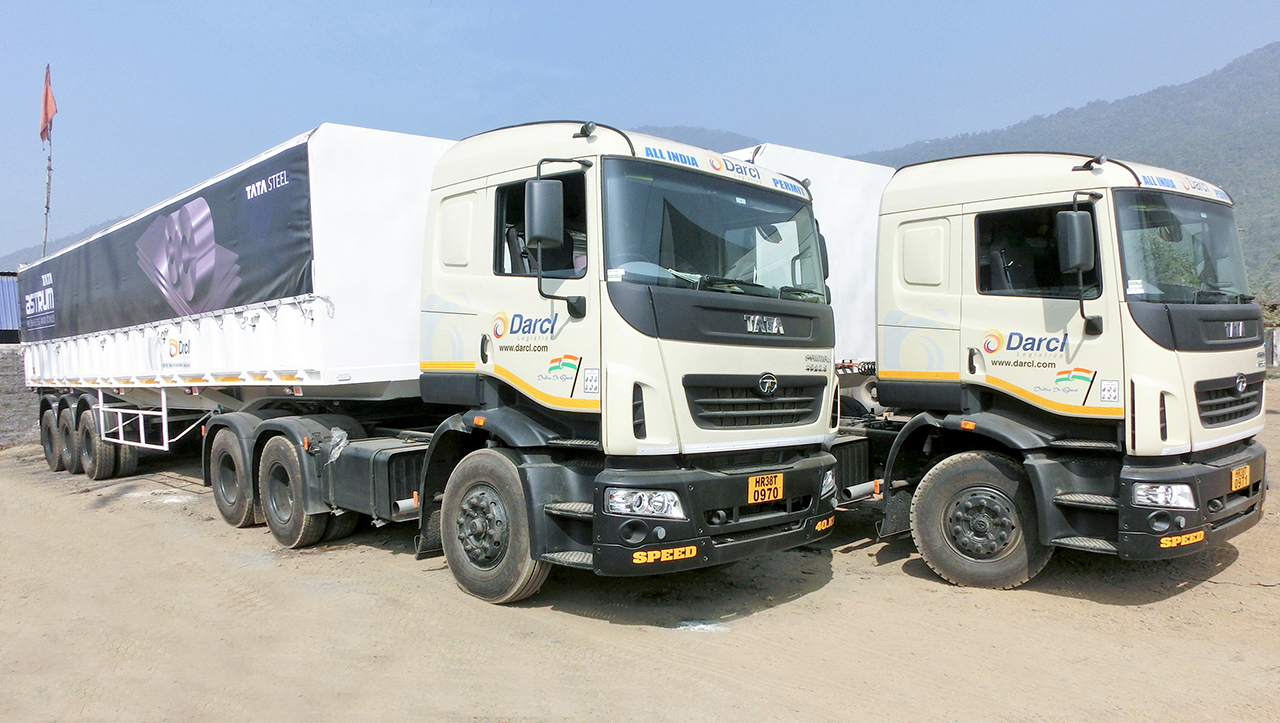
An important transition our market went through this year, albeit slightly camouflaged due to the pandemic and lockdown, was the BS VI shift. How have Tata Motors’ BS VI CVs performed since reaching customers’ hands April onwards and how do you see your prospects going forward, especially keeping in mind some of your competitors who have many years of experience with Euro VI technology which is similar to BS VI?
We at Tata Motors used the BS VI migration as an opportunity to upgrade and holistically re-imagine our entire product portfolio. Our new BS VI Indian product range continues to create new paradigms of functionality, productivity, comfort, performance and connectivity. For customers, it is impressively bringing forth the core benefit of lower total cost of ownership as also enhanced returns on their investment. As the CV industry recovers and prepares to rebound, we continue to actively communicate the benefits offered by our BS VI range of vehicles.
This is along with the comfort of Sampoorna Seva for total peace of mind, the fleet connectivity solution Fleet Edge and a plethora of other value-added services for improved profitability of end customers. Tata Motors’ BS VI vehicles have been very well-received by our customers as they are seeing the benefits of higher productivity as well as the lower operating costs helping them to improve their profitability. Our engagement with the customers continues to be given the highest importance as we understand their changing requirements and support them with our products and services.
Connectivity and digital retail have emerged as two major trends in the Indian CV market of late. How geared up is Tata Motors for the same? What is your take on the prospects of digital retail of CVs in a post-pandemic world?
Tata Motors has been a pioneer in the connected vehicle space since 2012 when the company first introduced a telematics system for commercial vehicles, the Tata Fleetman. Tata Fleetman has experienced tremendous success with more than 2,00,000 vehicles actively plying on the road. Now, Tata Motors has taken connected vehicle technology up a notch with the launch of the Fleet Edge. It offers more than mere basic vehicle data and information such as track and trace, geo-fencing and alerts, driver behaviour monitoring, fuel efficiency monitoring, fuel loss alerts and a digital instrument cluster which boosts the profitability and productivity of the truck as well as the entire fleet.
Accessible on a smart phone via an app on a real-time basis, these insights help drivers, fleet owners and mechanics by providing relevant data to make informed decisions, thereby keeping the total cost of ownership in check. We have been working on digitalisation of the sales journey and introduced a platform a few years ago which enables and equips our front-end sales force with all the necessary information and capability to deliver a comprehensive, need-based and standardised customer sales experience. This platform assists the sales team in lead generation, lead management and sales pitch delivery. Now, our customers can also reach us digitally through our product websites which also allow them book and make payment for their vehicles online.
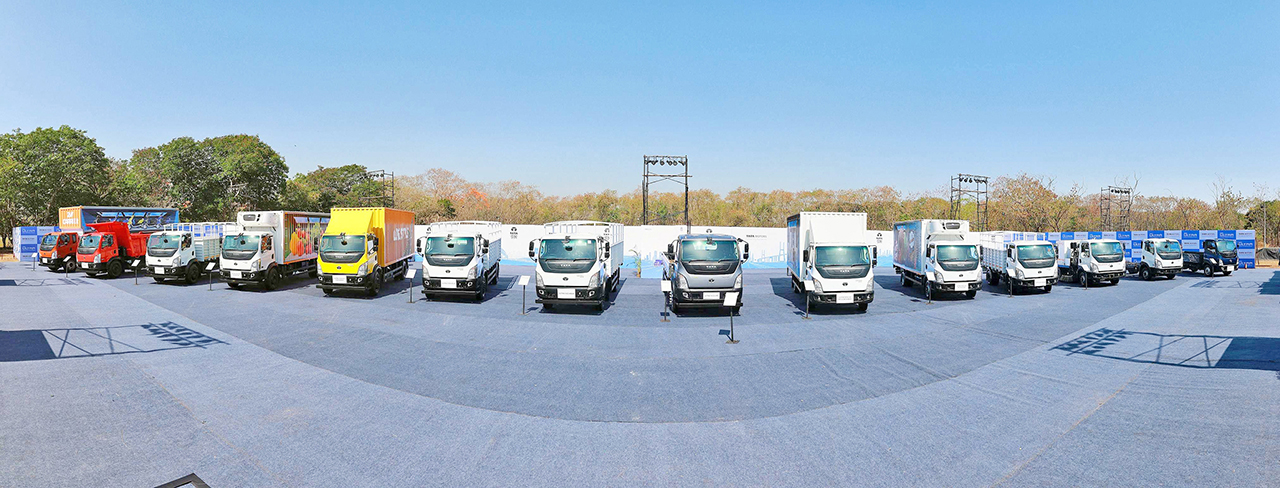
The bus segment has been one of the worst affected by the pandemic and is among the few yet to really recover given the concerns about passenger safety. Being a market leader in the space, what is Tata Motors’ outlook on the future of the Indian bus industry – city buses, medium-distance buses and long-distance coaches? What do the different stakeholders need to do to get the sector back on track and more importantly bring confidence to passengers to get into buses?
With social distancing and avoiding people-to-people transmission being the only way to contain the pandemic, it was no surprise that the commercial passenger mobility segment was the worst impacted in the CV industry, de-growing by about 85% till December 2020. Within it, most sub-segments such as school, tour-travels and intercity movement were equally hit. The recovery too, in this segment, is expected to be slow and cautious, as compared to goods transportation. Off late, with the pandemic progressively being contained and anxiety of consumers about their wellbeing reducing, the staff segment has started to see some demand for specific sectors. Tata Motors has taken quick initiatives to address people’s concern around hygiene, sanitization and disinfecting the public transport vehicles with steps such as creating options for fitment of sanitizer dispensing units and UV lamp for disinfection in buses.
We have also developed wider buses with a higher number of seats without compromising the seat width. This would effectively facilitate social distancing by occupying alternates seats, while still keeping it economically viable to ply. The additional seats can later be leveraged once the situation normalises. We believe that if the bus operators ensure safety compliance, this would augment faster recovery as the passenger confidence builds up. The CV passenger (bus) segment, which has witnessed a free-fall this year, is in need of a special impetus. Some structural and other short-term relief may be the need of the hour. A step in this direction can be to increase the number of permits. Lower GSTs, reduced road tax and other such incentives in the short-term could also help the bus operators for a faster turnaround.
The government can help by encouraging and supporting state transport undertakings to replace the ageing fleet with the more efficient BS VI range, which will reduce the cost of operation for them, improve urban mobility and also help the sector’s revival. The second half of the current financial year is seeing some demand recovery for staff transportation and stage carriage movement, which is expected to continue in the months to come. Some states have allowed reopening of schools which should trigger demand recovery in the school segment, but this will remain a key monitorable. Alongside overall economic revival, the vaccination program and pent-up demand of replacement which has been deferred by 12 to 18 months, the industry may see a gradual and cautious revival in successive quarters.
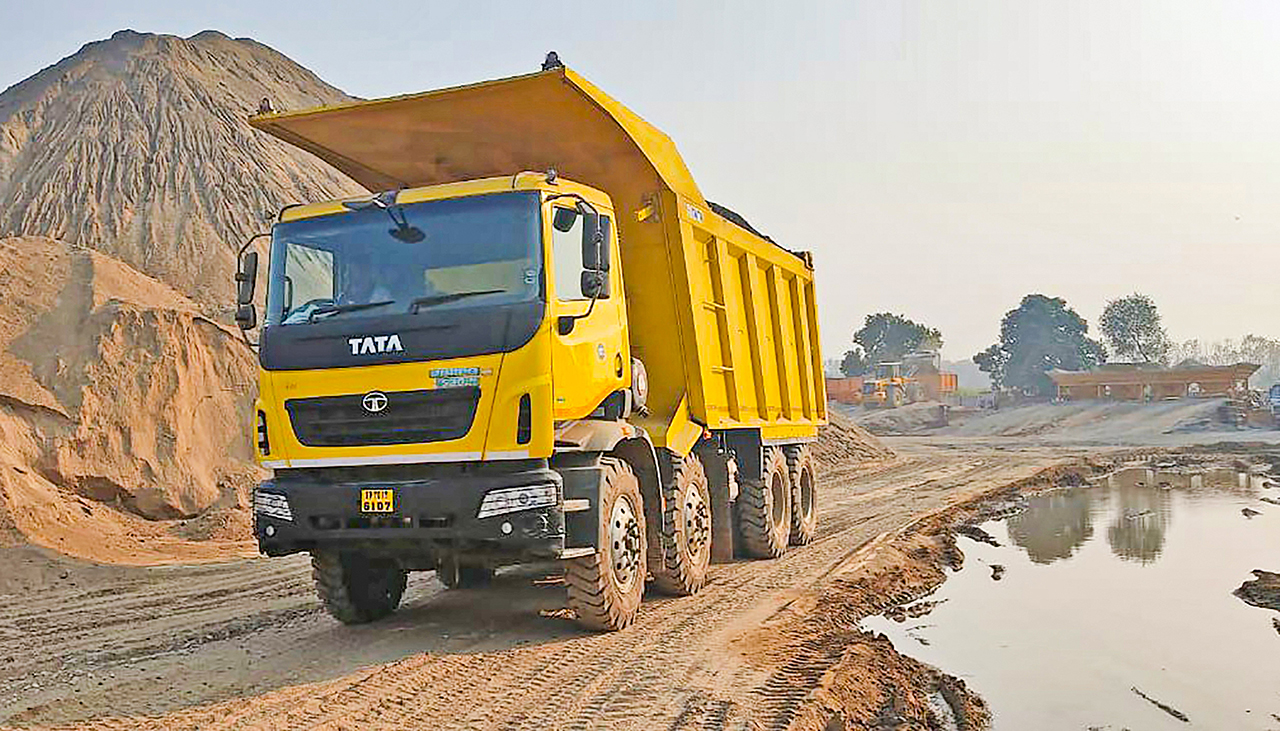
How have your exports been this year? With BS VI creating a level playing field around different global markets, have you added any new markets this year? Are there any more in the pipeline?
Tata Motors’ CV international business exports in FY21 were also heavily impacted due to the pandemic. H1 exports de-grew by 70% over the same period last year and affected most of our markets with only the Sub-Saharan African market experiencing some buoyancy. However, we have seen recovery in Q3 with markets moving closer towards last year’s levels. We are exploring a few opportunities arising out of the BS VI level playing field. Most of the global markets have their own nuances and regulations and we have been employing customised responses.
How do you see the last quarter of FY21 unfolding? Going a step further to FY22, how do you expect the year to pan out? What do you see as major growth drivers for the CV industry and for Tata Motors? Are there any major plans or developments on the anvil at your end?
While commercial vehicle sales have shown decent growth in the last couple of months, the magnitude of sales in the upcoming months will significantly depend on the continued pace of economic recovery coupled with the government’s initiatives. The last quarter of the financial year will be crucial for the commercial vehicle industry. As the economy recovers and the GDP comes back to its earlier levels, the CV industry will grow proportionately. In the short term, increase in e-commerce activities, increase in demand for raw materials as well as announcements of infrastructure activities will collectively boost the entire commercial vehicle industry as well as the CV business of Tata Motors.
The growth in construction and infrastructure projects is well-poised and expected to continue with the government’s emphasis on National Infrastructure Pipeline and various other initiatives. Other schemes such as performance-linked incentives will support growth in the manufacturing sector; direct benefits of which will accrue to the industry from the roughly Rs 57,000 crore outlay designated for the automobile sector. Scrappage policy is another factor that will play a role in boosting replacement demand in the immediate future. With the lead indicators showing signs of improvement, the industry is expected to rebound as the GDP gradually improves in the upcoming quarters and FY22.